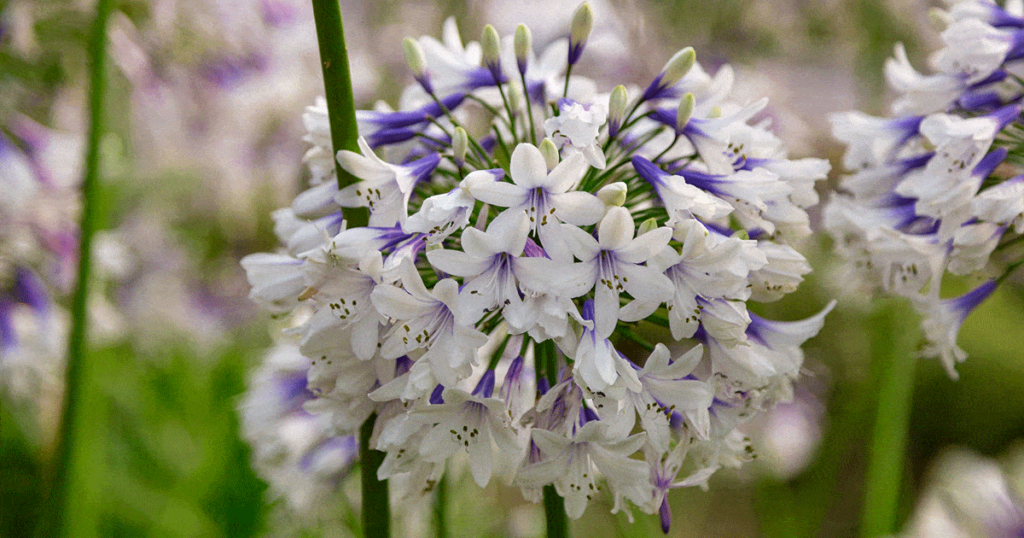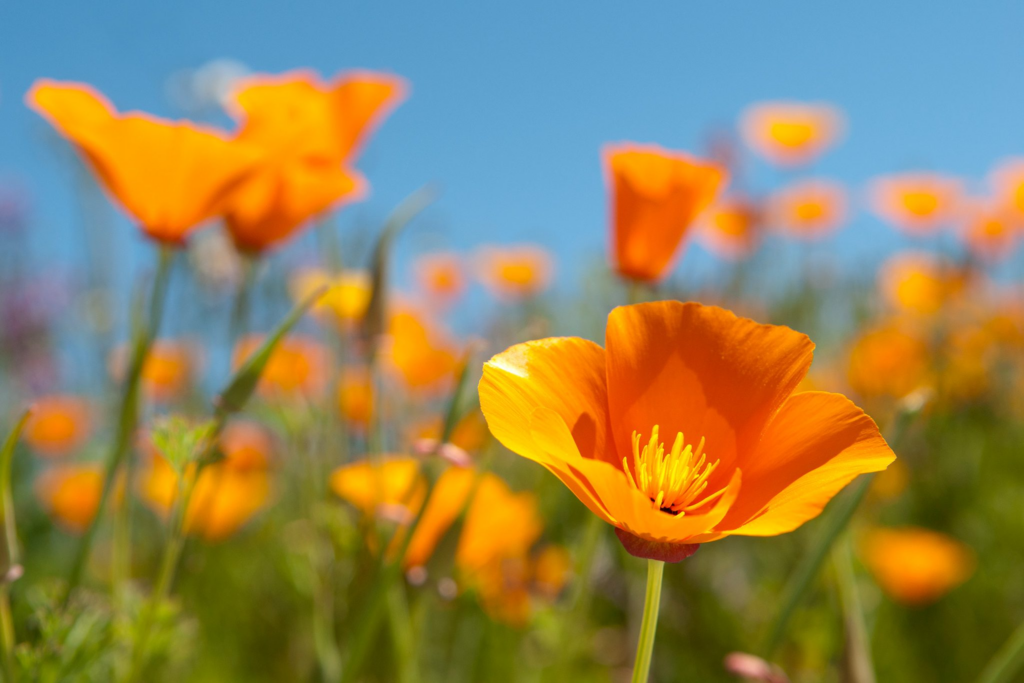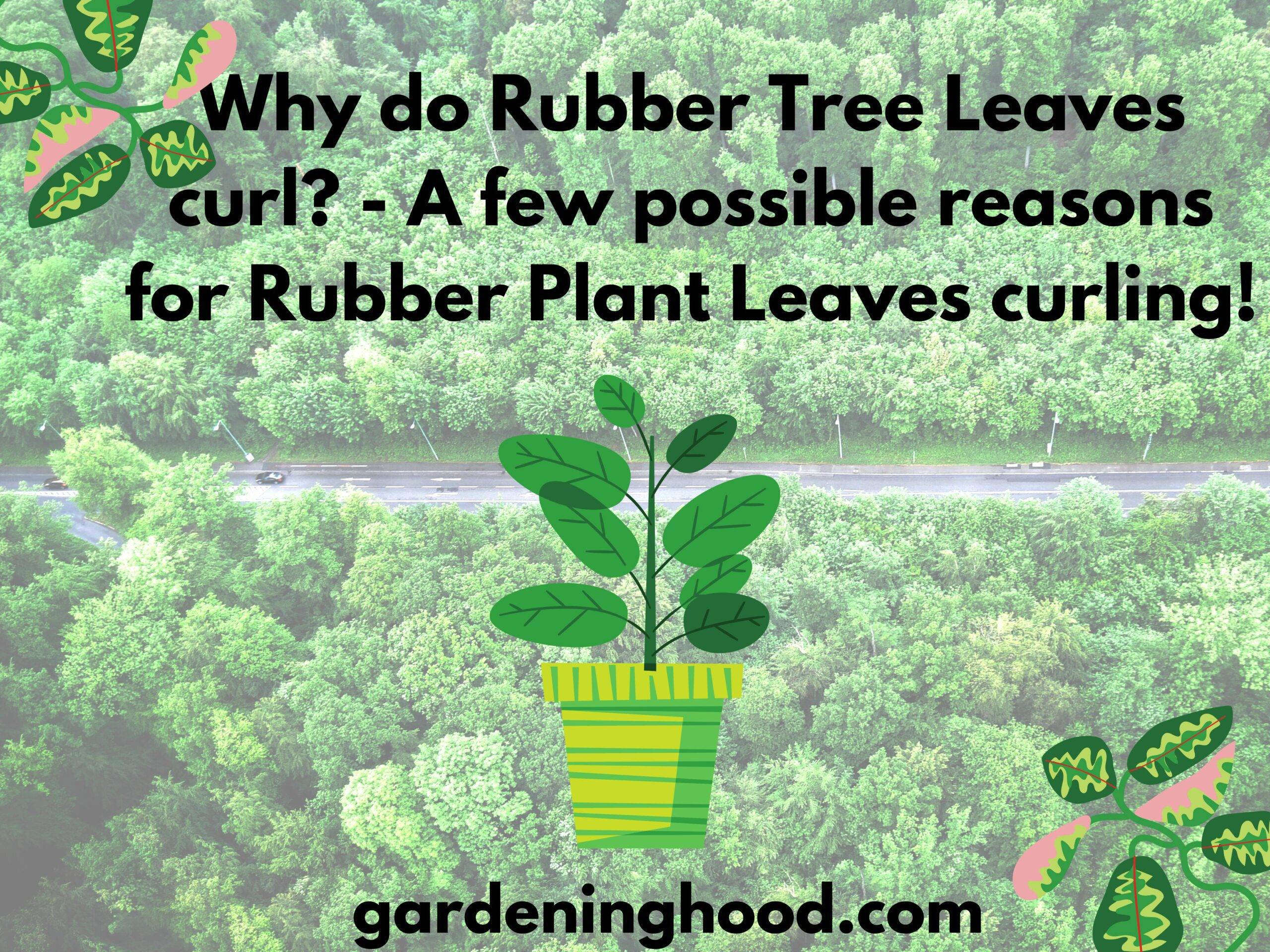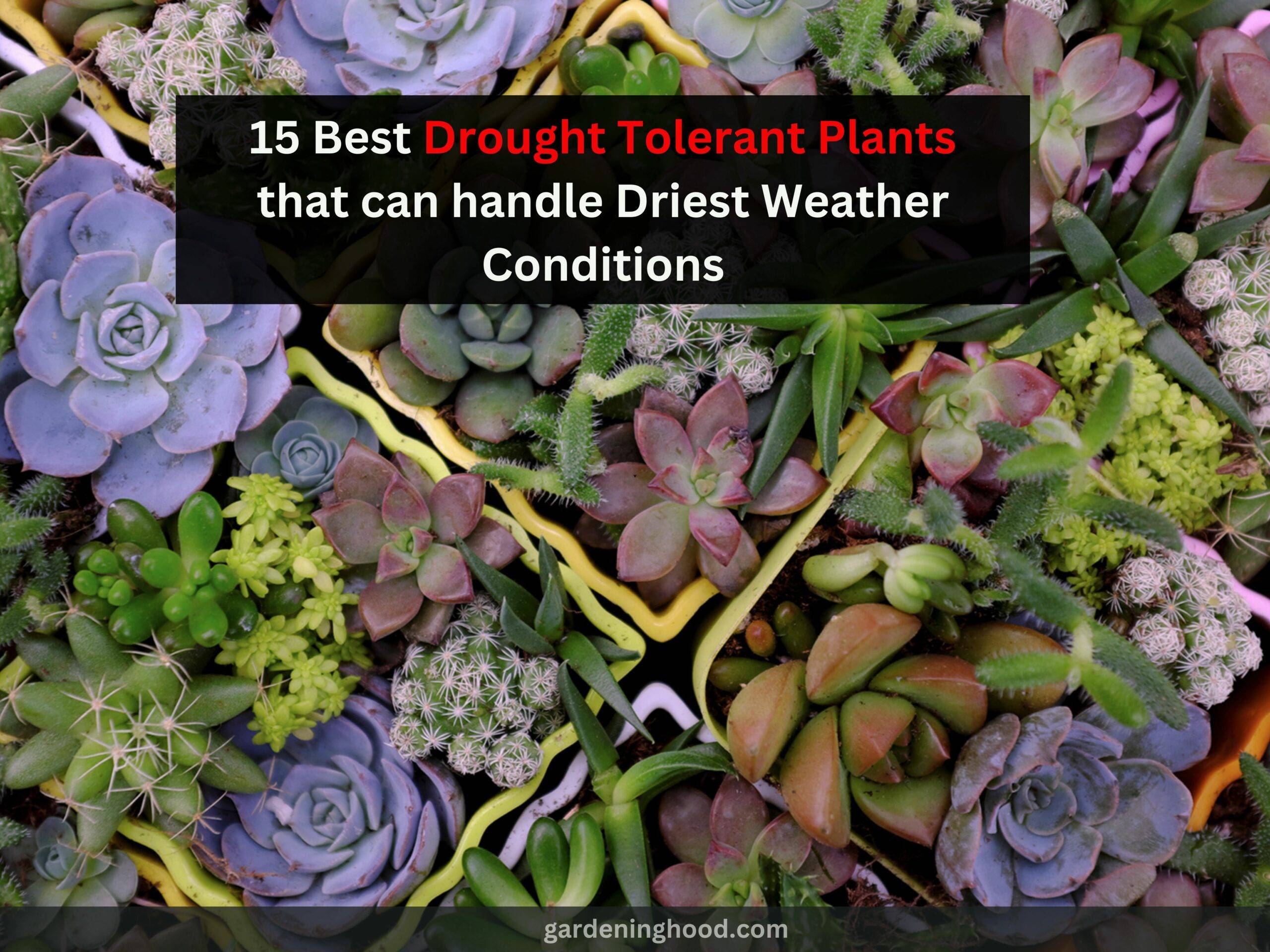Mediterranean plants to grow in the Garden
What is your opinion on Mediterranean plants? Are you having doubts about whether to grow them or not? I know it’s a common question, and if you have reached this guide, your doubts will be cleared.
There are a lot of things required to be done to create a Mediterranean garden. Don’t get afraid just after hearing this. To help you out, I have shortened your work. You just have to make sure to have patience and read the information from top to bottom.
Here, I have explained the Mediterranean garden, followed by a step-by-step procedure to select the plant in the garden and what plants you can grow in Mediterranean plants. Trust me; you will not regret growing Mediterranean plants in your garden.
Quick takeaways:
- Mediterranean plants offer the ease of care typical of most Mediterranean climate plants but are also surprising in their flower color and shape, leaf structure, and growth habit.
- The “Mediterranean climate” is not limited to Europe.
- It generally refers to areas with mild, humid winters and warm or hot summers with little or no rainfall: these include North Africa, western South Africa, California, central Chile, and parts of western and southern Australia.
What is a Mediterranean garden?
Moderate, flavorsome, and architecture and design plants run rampant in a Mediterranean garden; stones and pavements replace time-consuming lawns, and tables and chairs areas and houseplants crop up, so implement one or both of these components into your Mediterranean landscape to try and replicate the feel of cooler climes. The Mediterranean interior decorating style is defined by the simple and beautiful aspects of Southern European countries: light and warm color schemes, as well as liberal use of natural materials like pottery, wood, alloy steels, and cotton. Directness, minimalism, and accessibility are all present in the design.
Mediterranean plants are hardy and drought-tolerant, but still beautiful. The natural planting scheme combines tapestries of different colors and textures with perennials that love to bake in the sun. Colors typically come from a muted palette of muted lime green and lilac blue to create a painterly effect, but bright pops of color are also welcome.
How do you Select Mediterranean plants to grow in the garden?
Do you want to know how you select Mediterranean plants to grow in the garden? You can come to know by reading the below points:
- Choose plants that add shape and texture to your garden, don’t be tempted by the color and size of the flowers. This is of course ideal.
- Never buy a plant for which you can’t make a good home – adjust your selection according to the conditions of the place you need to provide it.
- Cover drought-tolerant plants with gravel, they always prefer poor soil, and stones settle them better than bark. Mulching around plants can also avoid weeding.
- Remain willing to try new things many houseplants can astonish you with their tenacity.
- Planting is a lifetime activity, so pay attention to your flora and educate yourself through them.
Explaining the Mediterranean plants to grow in the garden
Do you want to know about the Mediterranean plants that can be grown in a garden? Below is the list of plants that can be easily grown by reading this guide. Let us know about them:
- Bugloss
- Agapanthus
- Santolina neapotilana
- California poppy
- Chinese degree
- Smoke tree
- Mediterranean spurge
- Shrubby bindweed
- Bougainvillea
- Cotton lavender
- Smoke tree
Bugloss
This is also known as echium pininana, a Mediterranean plant that is a real fan of the sun with a suitable climate. It consists of some spikes of purplish-blue, where flowers, rose pinkish color. The amazing thing about them is, that butterflies love these colors and no bee is repelled by them. When you see that the flowers are vanishing then you can sow more seeds to plant new ones.

Agapanthus
Do You want to grow agapanthus? It is the right decision as these come in every shade. They tend to acquire the full sun and also well-drained soil. You can also grow them in strong pots like zucchini and make some sections for your relatives too if they love Mediterranean blues.

Santolina neapotilana
This Mediterranean plant is famous for the fantastic name of rosemary leaves and lavender cotton. You can easily grow them in containers same as beets or jars out in the borders. They tend to have a height of 4 to 9 inches.

California poppy
What about growing a California poppy? This plant is an annual plant that gives seeds to itself every year. It requires more sunlight but a slight amount of soil.
Chinese dreger
This plant is also known as Dreger Sinensis ‘Variegata’. It tends to grow in well-drained soil. It requires being in a partial sunshade for growing.

Mediterranean spurge:
They come under drought tolerant and low maintenance plants that are famous for gorgeous foliage and red flowers. They are Used to bloom in the early month of spring.
They do grow In the hardiness zone from 6 to 8. For growing properly they do need full sun to partial shade. They love to grow in shallow Rocky and well-draining soil. They can grow from two feet tall and 3 feet wide.

Shrubby bindweed:
They are evergreen dwarf shrubs that are native to Africa and southeastern Europe. They consist of tapered, lanceolate leaves that can grow in a container, border gardens, and rock Gardens. The blooming period of the plant is during the summer season. The hardiness zone of the plant lies from 8 to 10. They love to grow in full sun conditions and well-draining soil. They do grow up to the height of 1 to 2 feet and 2 to 3 feet wide.

Bougainvillea:
It is also called Bougainvillea spp. which is a very popular plant in warm climates. that love to get a lot of direct sunlight and grow beautifully. They tend to grow with a flower having long woody vines that stretch about 20 feet. They can bloom in a flower having yellow, orange, pink, white, and purple color. The blooming period of the plant is from spring to summer. They love to grow in full sun conditions and well-draining soil. The hardiness zone of the plant is from 9 to 11. They can reach 20 to 50 feet tall.

Cotton lavender:
It is also known as Santolina chamaecyparissus. The plant does consist of an aromatic fragrance. They do grow in grey Green Leaves and yellow pom pom-like flowers. You need to provide the plant with lots of direct and light and high temperatures for easy growing. If you take care of the plant properly then in return they will provide your fragrant leave which you can bring to your home and feel fresh. the blooming season of the cotton lavender is during spring season. They lie between the hardness zone from 6 to 9. You need to provide the plant with full sunlight and Sandy and well-draining soil. The plant can grow up to 1 to 2 feet tall and 2 to 3 feet wide.
Corsican hellebore:
It is also known as Helleborus argutifolius. the flower does love to Bloom during Spring and summer season which consist of unique bell-shaped green-hued blossoms having an interesting texture that you can add to a floral bouquet. the plant also has some poisonous qualities so you need to stay alert on handling them. the plant grows best in the hardiness zones from 6 to 9. They love to grow in full sun to partial shade and well-draining growing conditions.

Smoke tree
The name of the smoke tree is Cotinus coggygria ‘Golden Spirit’, it has a form of golden leaves, a smoke bush, or a tree that changes the color of fireworks in the autumn season.

Wrapping up the context
In this article, you come to know that Mediterranean plants are hardy and drought-tolerant, but still beautiful. The natural planting scheme combines tapestries of different colors and textures with perennials that love to bake in the sun. With the help of this guide, you can grow these plants in your garden just like you come to know about growing Gasteraloe plants. I hope this article will be useful for you all.
FAQ’s
What is the root system of Mediterranean plants?
the plants do consist of deep and extensive root systems.


